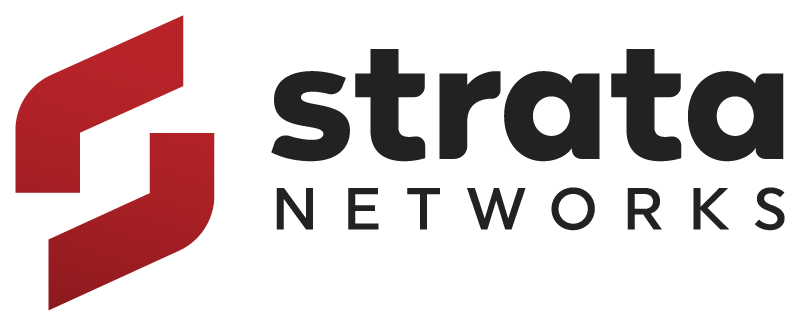Sun Valley Solar Doubles Efficiency and Expands Capabilities
"We can now handle 70 to 100 work orders per case manager, thanks to the streamlined process with Field Squared."
- Jim Hutson, Commercial and Residential O&M Manager, Sun Valley Solar.
Boost efficiency, automate workflows, and simplify scheduling with the leading field service management solution. Empower your team with seamless coordination, faster job completion, and unmatched customer satisfaction.











Field operations are chaotic when scheduling is messy, teams are disconnected, and tasks slip through the cracks. Field Squared transforms the way you manage field teams, automate workflows, and track assets—so you stay in control.
Designed for scalability, security, and reliability, our field service management software keeps your operations running smoothly while eliminating inefficiencies. Whether it’s scheduling, dispatching, or workforce management, our field service scheduling software ensures your team is always on track.
Watch the 90-second explainer video to see how field service management software eliminates inefficiencies, streamlines operations, and keeps your team connected!
Our all-in-one field service management system was purpose-built for organizations with a highly distributed mobile workforce, including staff, contractors and contingent workers. Explore more about the key capabilities to help drive efficiency and take control of field service operations.
"We can now handle 70 to 100 work orders per case manager, thanks to the streamlined process with Field Squared."
- Jim Hutson, Commercial and Residential O&M Manager, Sun Valley Solar.
“We've scaled our company up by 300% over seven years, which probably wouldn't have been doable without Field Squared.” - Jim Kent, a Market Vice President Operations, Segra
Read Case Study"We have scaled from doing one to two installs a day to 20 without a single headcount hire."
- Justin Nelson, COO, EVP Engineering and Operations, HyperFiber
"Field Squared has transformed our field operations, allowing us to complete more projects with greater efficiency."
- Sean O'Brien, Market VP of Operations at Oregon Aerial Construction
"Based on our initial rollout, we have already saved an annual amount of $250,000 in overhead costs."
- William Morgan, Implementation Specialist, Great Plains Gas Compression
"Since we've switched to Field Squared, all of our customer responses have been very positive."
- Jim Foley, CFO at Sea Tow
Read MoreThe Field Squared Platform revolutionizes field service operations with automated, real-time analytics, reporting, and business intelligence. Track key performance metrics, optimize route scheduling, and reduce travel time to cut costs. Improve work order efficiency, track mileage for compliance, and gain full visibility into your operations—all from a single, unified dashboard.

Field Squared’s Field Service Automation Platform is a highly configurable, enterprise-grade platform that offers the highest reliability, scalability, security, and availability.
Field services software streamlines operations with features like job scheduling, dispatching, GPS tracking, work order management, mobile apps for field teams, real-time reporting, asset tracking, and customer communication tools to enhance efficiency and service quality.
Get in touch with us for a live demo.